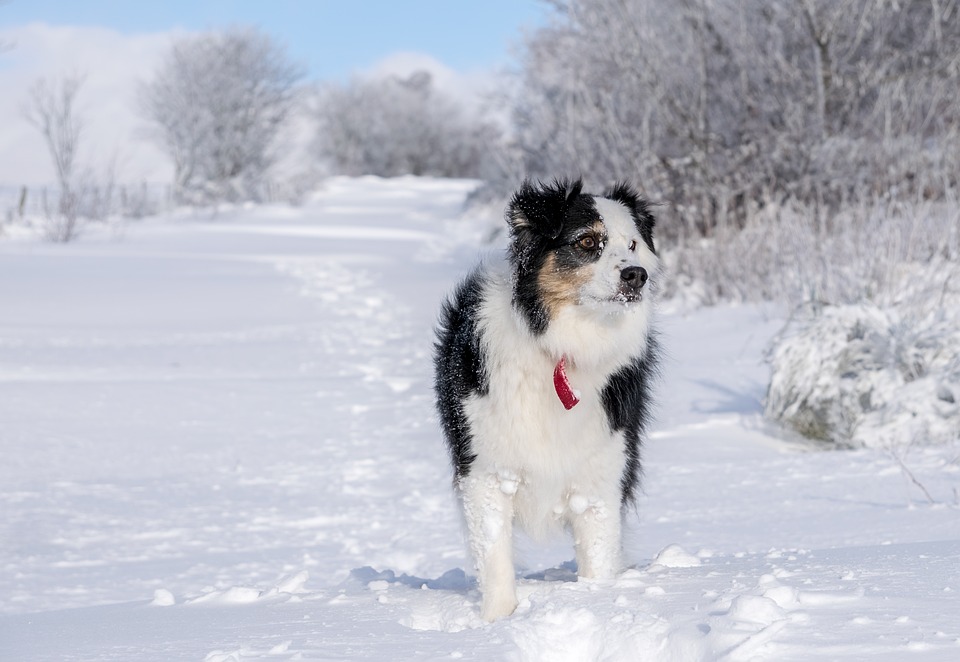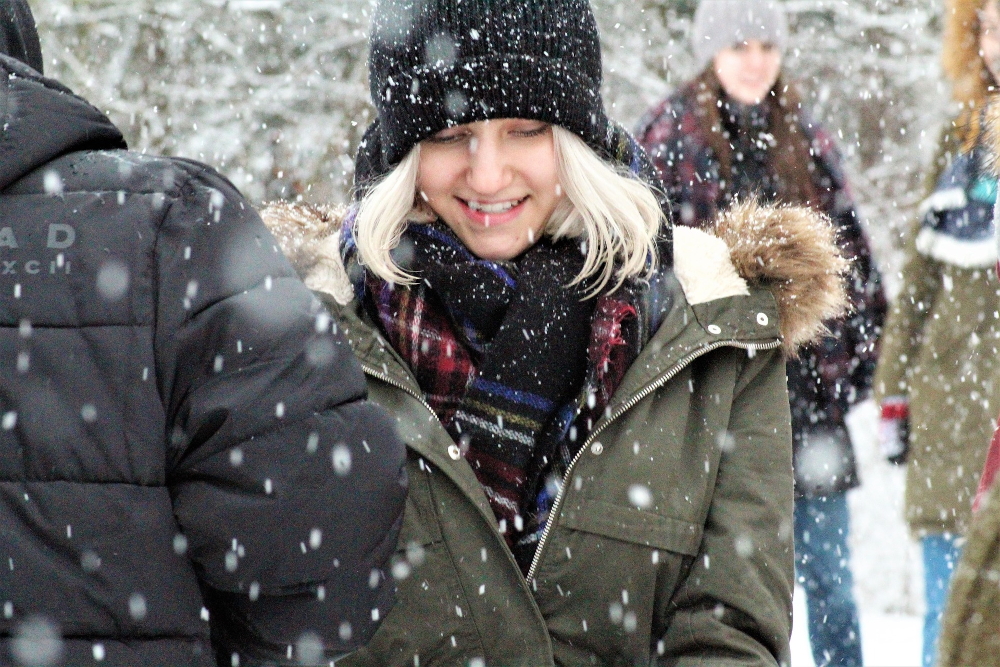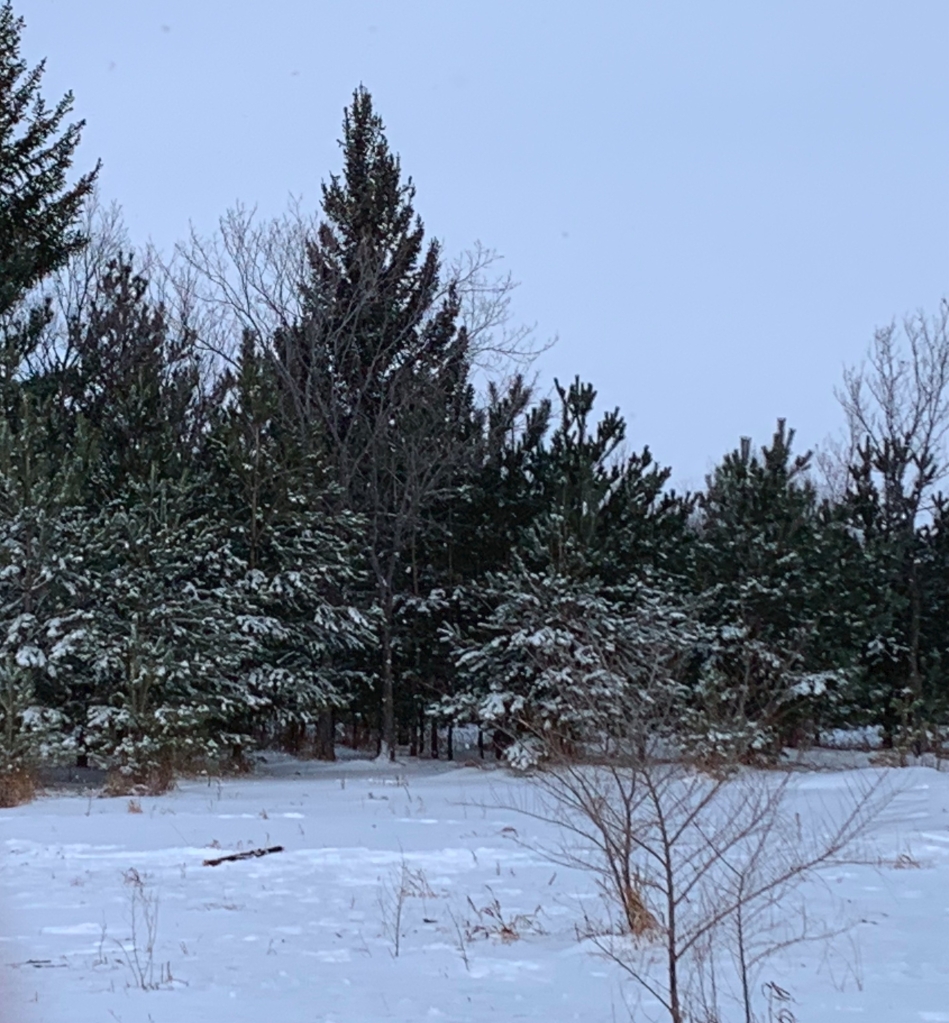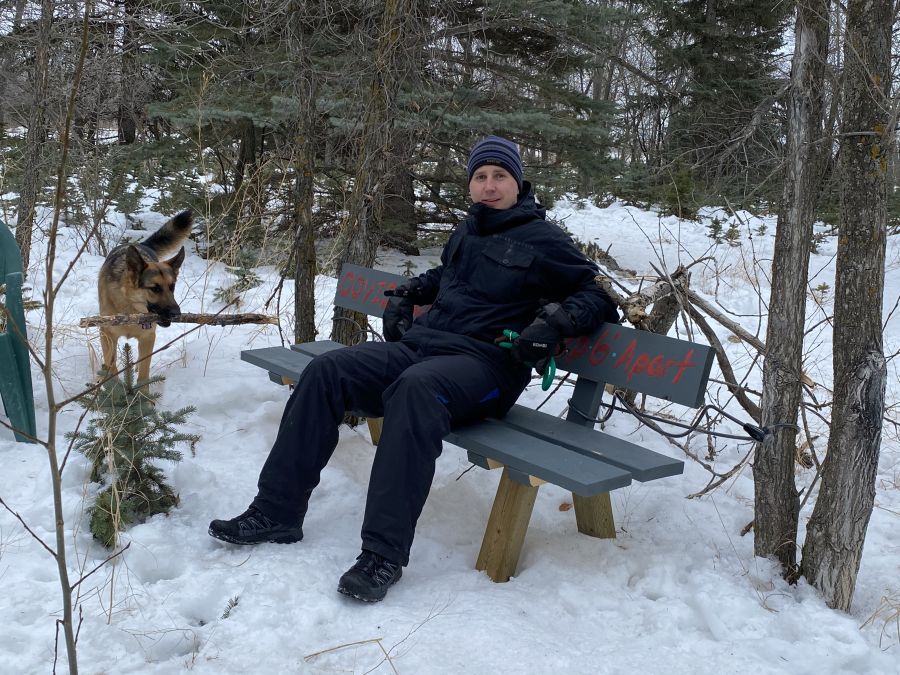Embracing the Deep Freeze: A Guide to Stay Warmer and Cozier in Saskatchewan’s Winter Wonderland
As the chilling winds of winter blanket Saskatchewan, it’s time to gear up and face the cold head-on. Whether you’re an avid outdoor enthusiast or simply navigating your daily routine, dressing appropriately for the weather becomes paramount in these freezing temperatures. In this guide, we’ll explore essential tips and tricks to improve you warmth, comfort, and help keep you protected during the deep freeze.
Did you know that when temperatures plummet between -28 to -39 degrees Celsius, the risk of exposed skin freezing increases significantly, taking as little as 10 to 30 minutes? At windchill temperatures of -55 degrees Celsius and colder, there is an extreme risk, where exposed skin can freeze in less than 2 minutes. Danger! Stay indoors. It’s crucial to be aware that outdoor conditions are highly dangerous during such extreme cold, posing a significant threat to your well-being. Explore this chart detailing windchill freezing times for various daily windchills and frost bite times to stay informed about the potential risks in extreme cold conditions.





Dress to Impress: From Head to Toe
How to cover that exposed skin
First things first, dressing appropriately is the key to conquering the cold. Opt for ski pants, preferably with a bib or a one-piece ski-doo suit, providing optimal coverage and protection against the biting wind. But that’s just the beginning.
Harness the Power of Heat: The “Furnace” Strategy
To combat the cold, consider placing a hot pack, like a heated rice bag or heated bean bag, on your lower back—the “furnace” of the body . This simple addition can significantly contribute to retaining essential body heat, ensuring your body core and internal organs stay warm longer even in the harshest conditions.
Choosing the Ideal Winter Jacket: A Comprehensive Guide for Maximum Comfort
When it comes to braving the winter chill, selecting the right jacket is paramount for staying warm and comfortable during outdoor activities. Firstly, prioritize breathability in your choice of a winter jacket. This ensures that you stay comfortable without overheating or feeling excessively sweaty.
In sub-zero temperatures, overheating is a risk; dressing excessively warm can lead to excessive sweating, and when cold winds blow, the rapid evaporation of perspiration can chill you, emphasizing the importance of managing sweat and preventing it from reaching both your skin and the external air.
Secondly, insulation is key for enduring even the coldest days. Assess the fill power or R rating and material of the jacket brand, as higher fill power indicates superior insulation. If the fill power isn’t specified on a website, don’t hesitate to reach out to the company for clarification.
Consider the length of the jacket, especially if you’ll be navigating deep snow. A longer coat provides added protection, and for optimal performance, look for an uninsulated, 3-layer ski shell. An uninsulated jacket shields you from wind, snow, and rain without bulk, while a 3-layer construction offers the most comprehensive protection. Some people feel that warmest coat is a down filled coat, and others opt for layers. Jacket insulation revolves around capturing pockets of air within the garment, effectively retaining your body’s warmth and forming a barrier against the frigid outdoor air—akin to the insulation found in houses. Do your own research for your outdoor activities and the pros and cons for each.
For ultimate warmth, some prefer down-filled coats of mid-thigh length or longer, covering at least the crotch area. Pay attention to the jacket’s details, such as windproof zippers, overlapped zipper plackets for wind-proofing, snow-proof cuffs, hand-warmer pockets, neck protection, and a hood.
Maintaining a good, tight seal at the cuffs, neck, and waist is crucial for keeping out the wind. However, it’s equally important not to compress the insulation excessively. Air pockets in the insulation trap warmth, so finding the right balance ensures optimal functionality. Follow these considerations, and you’ll be well-equipped to face winter’s challenges with the jacket best matching your needs.
Layers for Warmth: Mastering the Art
Creating layers is an art form when it comes to winter dressing. Start with a well-fitting base layer, donning long-sleeve thermal underwear shirts made from moisture-wicking material. Take it a step further by layering “long john” thermal underwear beneath your clothing, winter jackets, and ski pants for that extra cocoon of warmth and comfort.
Happy Feet, Happy Journey: Footwear Matters
Your choice of footwear plays a crucial role in braving the winter elements. Opt for properly lined, well-fitting insulated boots, and consider adding felt insoles for an added layer of protection. Some swear by Merino wool socks to keep feet warm and shielded from moisture, preventing discomfort inside the boots.
Mittens, Neck Gaiters, and Face Masks: The Trinity of Warmth
Protecting your extremities is non-negotiable in freezing temperatures. Opt for windproof, waterproof, insulated mittens instead of gloves to shield your fingers effectively. Enhance this protection by adding hand warmer heat packets inside your mittens or even slipping in a baked hot potato into your mittens and pockets for an unconventional yet effective layer of warmth.
Don’t forget your neck—utilize a neck gaiter or woollen neck scarf inside your jacket to ward off the biting air, especially if you’re sporting a toque instead of a hoodie. Keeping your neck warm is essential for an overall sense of comfort in the cold and to stop a wind tunnel entering your jacket cooling off your internal organs.
Mastering the Art of Winter Layers: Shielding Your Head
Additionally, don’t underestimate the power of layering when it comes to protecting your head in the freezing cold. Pull up the hood of your hoodie or bunny hug over your toque, and utilize your jacket hood for that extra layer of defence against the harsh elements. When facing harsh winds, wear a face-mask beneath your balaclava or additional head scarf around your jacket hood to protect your cheeks, nose, and chin. Covering and protecting your face, head, and chest becomes paramount in colder temperatures. These areas are more sensitive to temperature changes and boast less insulating subcutaneous fat, making them susceptible to quicker cooling. Moreover, vasoconstriction, the body’s natural response to cold, becomes less effective, leaving you feeling colder faster, even if your overall body temperature remains unchanged. So, embrace the layers and fortify against the winter chill.
The Finishing Touch: Battery-Powered Comfort
For those seeking ultimate convenience, explore the world of battery-powered clothing. From socks to boots, jackets, and pants, these innovative pieces not only provide warmth but also keep you mobile and comfortable during your winter adventures.
Closing Thoughts: Winter, Conquered
Armed with these tips, you’re in a better position to face Saskatchewan’s winter wonderland with confidence. Remember, don’t take our word for it, do your own research for your particular, and unique outdoor activities! So, bundle up, layer on, and step into the cold with the assurance that you have more knowledge to increase your warmth, coziness, and control during the deep freeze. Winter, conquered!
Saskatchewan to see windchill temperatures drop as low as -55 this week Global News January 7
Battling the Deep Freeze: Staying Safe in Saskatchewan’s Harsh Cold Snap
How should I dress my dog for winter?
‘Play dress-up’: How to protect your pet from cold temperatures
Dressing Your Pet for Fall’s Chilly Weather
Do Dogs Need Sweaters in Winter?
For more information:
Blairmore Sector Plan Report; planning for the Richard St. Barbe Baker Afforestation Area, George Genereux Urban Regional Park and West Swale and areas around them inside of Saskatoon city limits
NEW P4G District Official Community Plan
Richard St. Barbe Baker Afforestation Area is located in Saskatoon, Saskatchewan, Canada north of Cedar Villa Road, within city limits, in the furthest south west area of the city. 52° 06′ 106° 45′
Addresses:
Part SE 23-36-6 – Afforestation Area – 241 Township Road 362-A
Part SE 23-36-6 – SW Off-Leash Recreation Area (Richard St. Barbe Baker Afforestation Area ) – 355 Township Road 362-A
S ½ 22-36-6 Richard St. Barbe Baker Afforestation Area (West of SW OLRA) – 467 Township Road 362-A
NE 21-36-6 “George Genereux” Afforestation Area – 133 Range Road 3063
Wikimapia Map: type in Richard St. Barbe Baker Afforestation Area
Google Maps South West Off Leash area location pin at parking lot
Web page: https://stbarbebaker.wordpress.com
Where is the Richard St. Barbe Baker Afforestation Area? with map
Where is the George Genereux Urban Regional Park (Afforestation Area)?with map
Pinterest richardstbarbeb
Blogger: FriendsAfforestation
Tumblr friendsafforestation.tumblr.comFacebook Group Page: Users of the George Genereux Urban Regional Park
Facebook: StBarbeBaker Afforestation Area
Facebook for the non profit Charity Friends of the Saskatoon Afforestation Areas Inc. FriendsAreas
Facebook group page : Users of the St Barbe Baker Afforestation Area
Facebook: South West OLRA
Reddit: FriendsAfforestation
Twitter: St Barbe Baker Charity Twitter:FriendsAreas
Mix: friendsareas
YouTube
Please help protect / enhance your afforestation areas, please contact the Friends of the Saskatoon Afforestation Areas Inc. (e-mail / e-transfers )Support the afforestation areas with your donation or membership ($20.00/year). Please donate by paypal or by using e-transfers Please and thank you! Your donation and membership is greatly appreciated. Members e-mail your contact information to be kept up to date!
Donations can be made through Paypal, Canada Helps, Contact Donate A Car Canada, SARCAN Drop & Go 106100594 for the Friends of the Saskatoon Afforestation Areas Inc.
United Nations Decade on Ecosystem Restoration
Use the UN Decade’s Visual Identity
Make it your own
Spread the word about the UN Decade
Let’s Bring Back Forests
Let’s Green Our Cities
“Be like a tree in pursuit of your cause. Stand firm, grip hard, thrust upward. Bend to the winds of heaven..”
Richard St. Barbe Baker!






